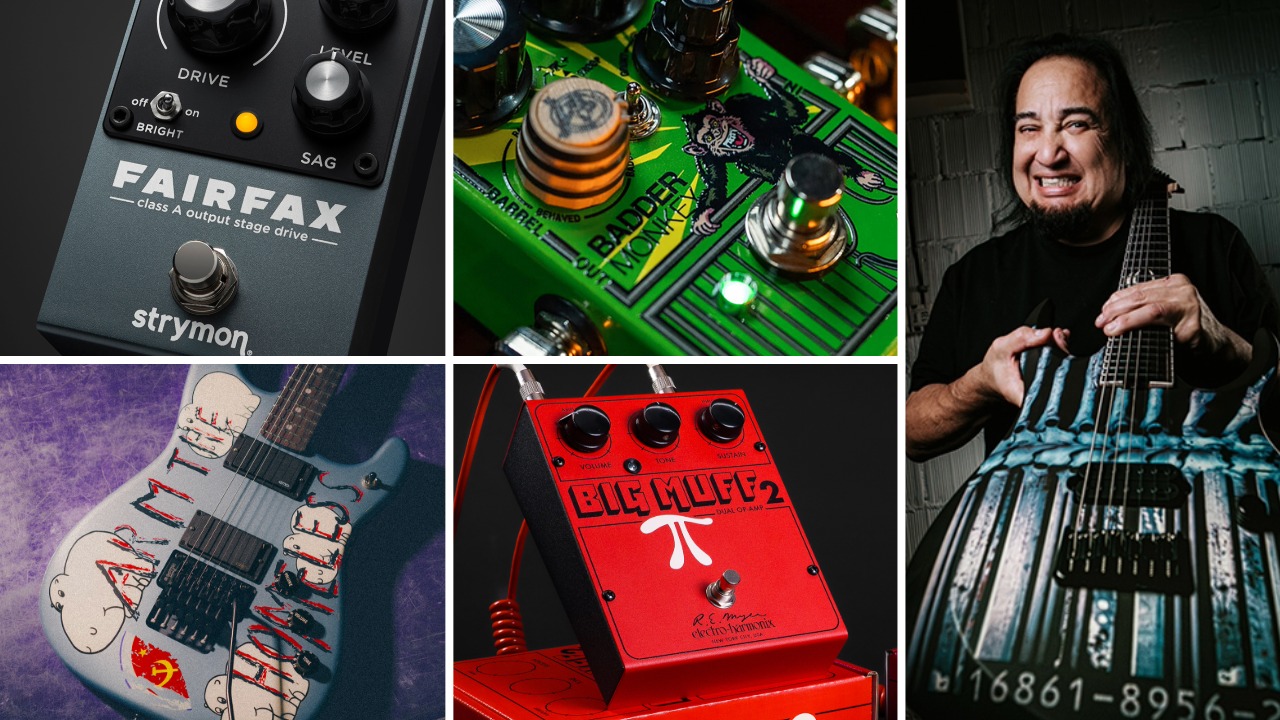Out of the Box: Guitar World Celebrates the Time-Honored History of MXR Effect Pedals
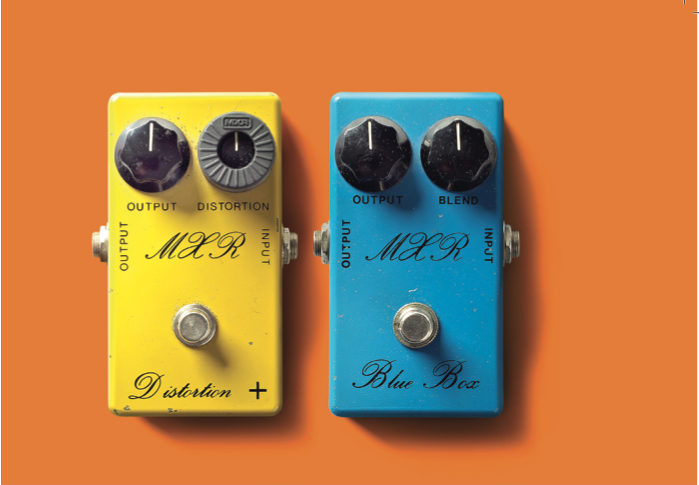
A stomp box may seem like an insignificant item in the history of rock and roll, but it’s hard to imagine how some of the greatest songs of the Seventies and Eighties would have sounded without the influential role of MXR pedals.
The MXR Phase 90 was a prominent part of the guitar tones on records by Van Halen and Pink Floyd. Likewise, the MXR Distortion + was a key element in the distorted lead guitar tones of Jerry Garcia, Dave Murray and Randy Rhoads, while the company’s Dyna Comp compression pedal shaped the sound of records by the Police, King Crimson and just about every country-rock hit that came out of Nashville back then.
From Jimmy Page’s “Fool in the Rain” solo (featuring an MXR Blue Box) to Keith Richards’ swirling rhythms on “Shattered” (produced by an MXR Phase 100), the sound of MXR effects has been nearly ubiquitous in rock music since the mid Seventies.
Before the first MXR products were developed, pedal effects were generally treated as novelties. Most pedals made during the Sixties and early Seventies were housed in absurdly oversized boxes with rather flimsy construction that could barely withstand the abuse of overzealous guitarists wearing stack-heel platform shoes.
When Keith Barr and Terry Sherwood opened a repair shop called Audio Services in Rochester, New York, in 1971, most of their early customers were guitarists who brought in their broken pedals.
“When I saw the poor quality of the effects devices that were coming in for repair, I was really amazed,” Barr said in an interview published in Art Thompson’s 1997 book Stompbox. “Eager to start designing some things, I made up a few little boxes for my guitar-playing friends. They seemed to like them.”
The response was so positive and encouraging that Barr and Sherwood decided to switch from repairing gear to manufacturing electronic devices for musicians. However, the first product that the duo produced was not a stomp box but rather an audio mixer, which also inspired their new company’s name. A friend suggested that they call the company MXR, which was short for mixer. Barr lengthened the name to MXR Innovations to make it sound more business-like and official.
All the latest guitar news, interviews, lessons, reviews, deals and more, direct to your inbox!
Barr made one mixer and found the process rather tedious and boring, so he turned his attention to the effect pedals that his guitar friends raved about instead. The first pedal effect circuit that Barr designed on his own was a four-stage phase shifter. “Guitarists would come into our shop and tell us that the phase-shifting thing was really happening,” Barr told Thompson. “I built one, and people said they liked it.”
Barr designed his first phase shifter—named the Phase 90 because it provided 90 degrees of phase shifting—in 1972, but the pedal didn’t go into serious production until late 1973, a few months before MXR Innovations was incorporated in 1974.
Sherwood and Barr invested most of the cash reserves from their repair business in a spray-painting kit and parts, including heavy-duty die-cast aluminum boxes made by a company called Bud. Inspired by the paint job he saw on a new Ford Econoline van, Barr selected Ditzler PPG Bold Orange automotive paint for the Phase 90’s finish. He also designed the script MXR logo that was silkscreened on each pedal’s top panel.
Initially Barr, Sherwood and some teenagers who worked for minimum wage made the first Phase 90 pedals in a small factory in Rochester. Soon they hired Mike Laiacona to handle sales, and he played an important role in getting the pedals into the hands of pros and music stores across the entire United States before he left in 1975 to start Whirlwind, whose line today includes effect pedals, direct boxes, cables and more.
After MXR raised a decent amount of funds, it purchased ads in major national music magazines like Rolling Stone and Downbeat to promote the Phase 90. Guitarists who purchased these early units were impressed by the pedal’s studio-quality sound, rugged build and affordable price, and word of mouth about MXR quickly spread.
Realizing that one product would not be enough to sustain their quickly growing company, Barr and Sherwood decided to expand their offerings with three additional products—the Blue Box, the Distortion + and the Dyna Comp—which joined the lineup later in 1974.
The new models were housed in the same size Bud boxes as the Phase 90, but each had its own distinctive color that made it instantly identifiable onstage, a concept that was soon adopted by many of MXR’s subsequent competitors. The earliest versions of MXR’s first four pedals were made from circuit boards silkscreened and etched by Barr himself, identifiable by the phrase “hand built by guitarists” printed on the board.
A simpler and cheaper two-stage version of the Phase 90 called the Phase 45 followed in late 1974, and in 1975 MXR introduced the Noise Gate Line Driver and the Phase 100, a much more versatile six-stage phase shifter with four selectable preset waveforms. Eventually, they company started making its own die-cast aluminum boxes, featuring an embossed MXR script logo near the rear panel’s lower right-hand corner.
MXR grew quickly during this period, and Barr realized that he needed to hire additional engineers to help him design new products. He brought in Tony Gambacurta and Richard Neatour, who previously worked as technicians at Barr and Sherwood’s repair shop, and they helped to expand the product line without compromising quality.
Both played an instrumental role in the development of the MXR Flanger, the first pedal flanger to hit the market, as well as the Analog Delay, the Envelope Filter and the Six-Band and Ten-Band Graphic Equalizer pedals, all introduced in late 1976. MXR also started to offer rack-mountable effects designed for studio installations and live sound reinforcement, including the Auto Flanger, the Auto Phaser, the Mini Limiter and one of the industry’s earliest digital-delay units.
The pedal models introduced in 1976 had a newly designed MXR logo that is known as the “block logo” for its block text enclosed in a rectangle with rounded corners. The older models retained the original script logo, and the rear plates of every model had an embossed script logo. Eventually, though, around 1978, all of the products had silkscreened and embossed block logos. Today, pedal collectors pay considerably more for early MXR pedals with script logos, but the differences between the script- and block-logo versions of original Seventies MXR pedals are negligible.
“The circuits really didn’t change much at all,” says Jeorge Tripps, who helped Dunlop create accurate reissues of MXR’s original script-logo pedals in recent years. “The Phase 90 had only very minor changes over the years, and the Dyna Comp didn’t change significantly at all. When MXR went to the block logo, the circuits were the same as those of the script-logo versions. It wasn’t until near the company’s end that they started using the dual op amp for the Phase 90 and added an LED to their pedals. All of the hype about script-version pedals being better is pretty much a myth.”
It’s impossible to determine who was the first major artist to use an MXR pedal on a recording, but Jimmy Page and David Gilmour were certainly among the earliest. Page allegedly used a Phase 90 during overdub sessions for several songs on Led Zeppelin’s Physical Graffiti in 1974, and an MXR Phase 90 played a central role on Pink Floyd’s Wish You Were Here album, particularly on Gilmour’s solos for “Shine On You Crazy Diamond” and “Have a Cigar,” recorded between January and July 1975.
During the late Seventies and early Eighties, MXR pedals increasingly showed up on pros’ pedal boards. Many players relied on multiple MXR pedals to shape and define their signature sounds. Among them were Eddie Van Halen (who used a Flanger, Phase 90 and Six-Band Graphic Equalizer), Joe Perry (Dyna Comp, Flanger, Phase 90 and Six-Band Graphic Equalizer), Jerry Garcia (Analog Delay, Distortion + and Phase 100), Randy Rhoads (Analog Delay, Distortion +, Flanger, Stereo Chorus and Ten-Band Graphic Equalizer) and Andy Summers (Distortion +, Dyna Comp and Phase 90).
As MXR entered the Eighties, the company abandoned the compact, battery-powered stomp boxes that guitarists loved and instead offered larger, AC-powered pedals like the Distortion II, the Limiter and the Stereo Chorus.
While these new products were built to professional standards, they were also more expensive than the compact pedals offered by Japanese companies like Boss and Ibanez, which cut into MXR’s market share. To compete, MXR introduced the Micro Chorus and Micro Flanger pedals as well as the budget Commande Series pedals, which were housed in plastic cases.
MXR increasingly focused on rackmount gear, including digital-delay and reverb units, the Dual 15-Band Graphic EQ, the Flanger/Doubler, the Pitch Transposer and an early multi-effect unit called the Omni. The company also began to develop consumer home audio products in hope of expanding its business. By 1984, MXR discontinued its original pedal line, replacing it with the affordable Series 2000 pedals, which were housed in black cases and featured designs more than obviously influenced by those of their Boss and Ibanez competitors.
However, the company was soon torn apart by internal labor struggles and disagreements with major shareholders. Before the end of 1984, MXR had closed its doors. Barr went on to found Alesis in Hollywood, California, where he refined his affordable digital reverb and drum machine designs. Gambacurta, Neatour, Sherwood and ex-MXR employees Phil Betette and John Langlois remained in Rochester to found Applied Research and Technology, better known as ART.
After a three-year absence, the MXR brand re-emerged when Dunlop Manufacturing purchased rights to the name and resurrected the brand. Dunlop fittingly reissued the same four pedals—the Blue Box, Distortion +, Dyna Comp and Phase 90—that originally launched the MXR line in 1974. Dunlop also updated the reissue pedals with an LED and jack for a nine-volt DC adapter. Over the next decade, Dunlop began to bring back other popular classic MXR pedals that players still considered essential, like the Flanger, Phase 100, Stereo Chorus and graphic equalizer pedals.
Around the dawn of the new millennium, Dunlop began to develop and introduce an impressive range of new models that expanded the MXR legacy. In 1999, MXR offered its first line of pedals designed exclusively for bass players.
That was soon followed by the introduction of artist signature pedals designed with input from players such as Dimebag Darrell (Dime Distortion), Kerry King (KFK Ten-Band Graphic Equalizer), Eddie Van Halen (EVH Phase 90 and Flanger) and Zakk Wylde (Black Label Chorus, Berzerker Overdrive, Zakk Wylde Phase and Overdrive). New artist models that recently joined the MXR line include the Slash Octave Fuzz and Joe Bonamassa FET Overdrive.
In 2008, Dunlop hired Jeorge Tripps to resurrect his Way Huge line of pedals and work with the MXR team, which included senior engineer Bob Cedro, to develop new products and produce accurate reproductions of the original MXR script-logo pedals. One of the team’s first products was the Carbon Copy analog delay, which has become MXR’s most popular new pedal since the release of the originals. Cedro and Tripps also helped MXR establish its Custom Shop line of pedals, which include the Custom Comp, La Machine octave fuzz, Micro Amp + and Phase 99.
“When I came to Dunlop, one of my main responsibilities was to revamp the whole MXR script-logo line,” Tripps says. “We wanted to make them by hand the way MXR used to, so we gathered a bunch of old MXR pedals to look at. When we decided to reproduce the original Dyna Comp, I couldn’t find much reference material on it, so I decided to call Keith Barr.
That was right before Keith died in 2010. I also have a bunch of old documents and schematics from MXR and even a prototype of a tremolo panner that never came out that I bought in 2006 when somebody sold a trunk of old MXR back stock.”
Under Dunlop’s direction, MXR has offered more than 80 different products over the years. Popular and acclaimed new products in today’s MXR line include the Talk Box (MXR originally developed a prototype talk box called the Waak in 1975 that never went into production), the Custom Badass ’78 Distortion, the Super Badass Distortion, the Uni-Vibe Chorus/Vibrato and Custom Shop reproductions of the original script-logo Phase 90 and Dyna Comp.
Products like the Smart Gate and the Custom Audio Electronics Boost/Line Driver and MC403 Power System can be found in the touring rigs of countless pros.
Thanks to Dunlop, MXR’s legacy is alive and well, as the new products remain faithful to the original company’s ideals of value, sound quality and ruggedness.
After 40 years of providing guitarists with innovative tools that influence and inspire new tones, MXR shows no signs of slowing down. “We have a very talented team of engineers and product designers who are always coming up with new ideas,” Tripps says. “We’re keeping true to the original concept of MXR but moving forward at the same time.”
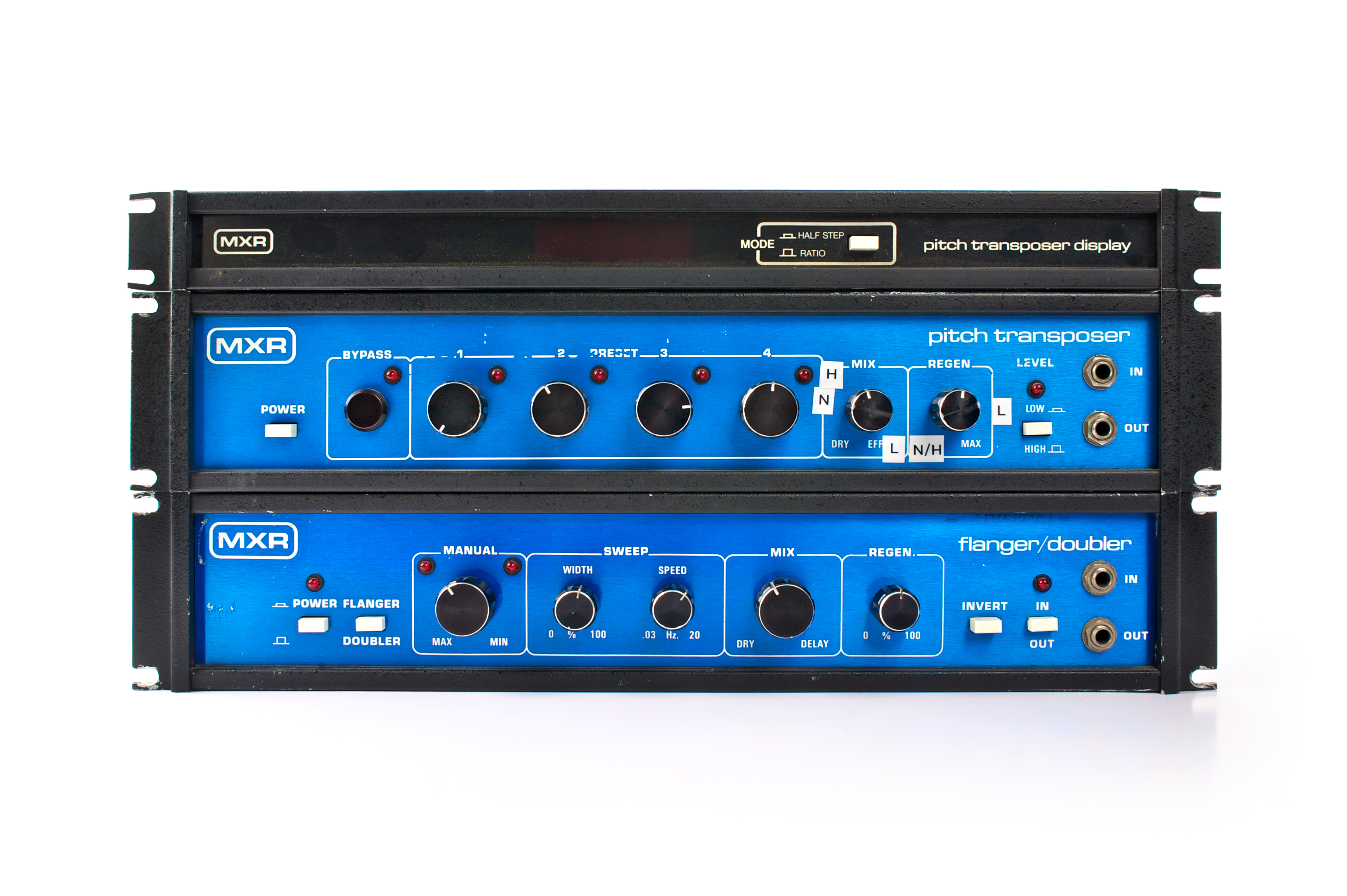
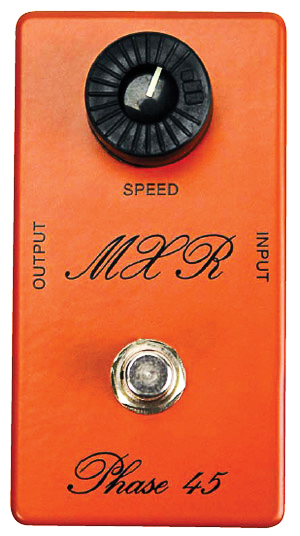
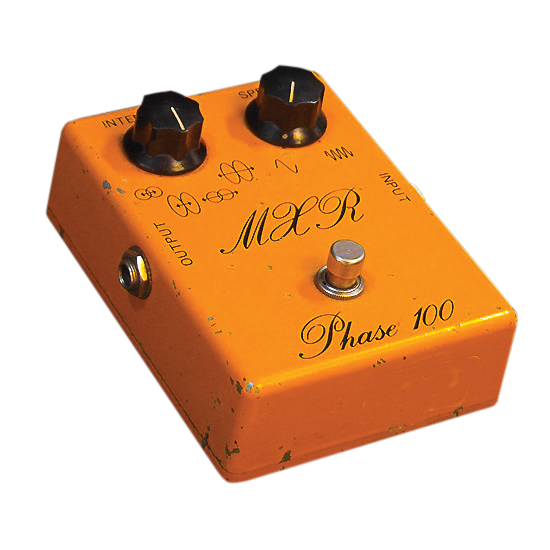
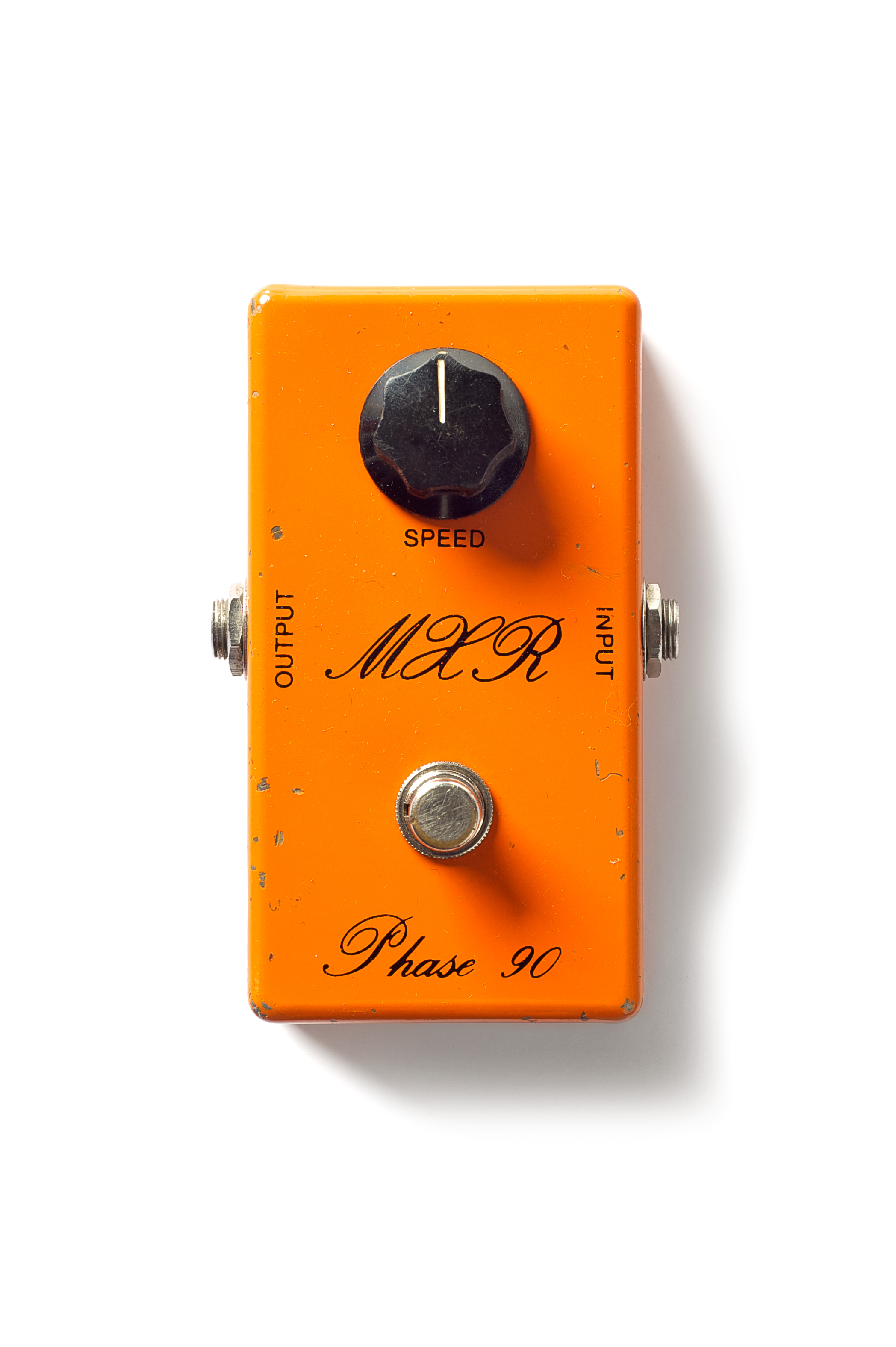
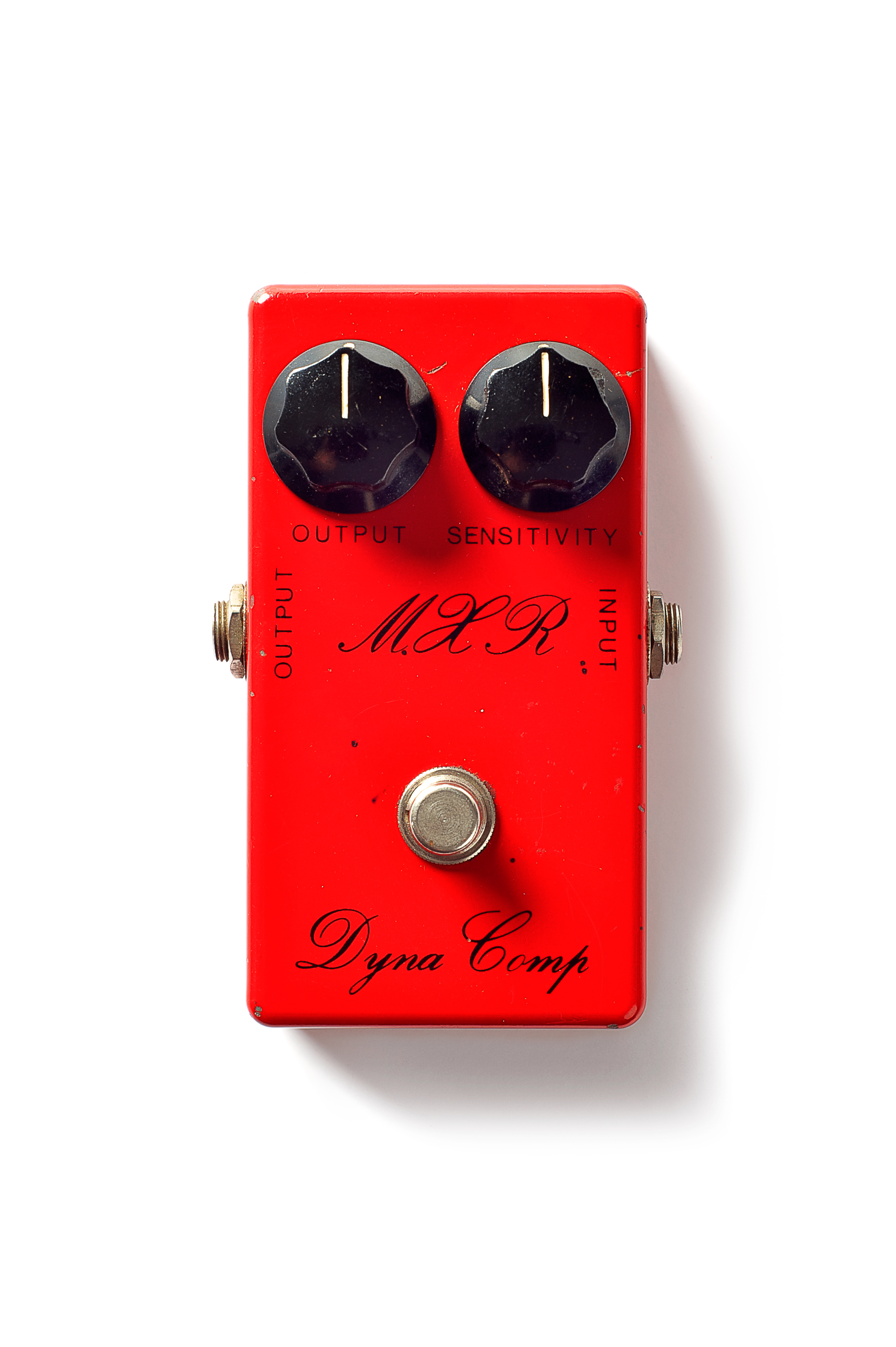
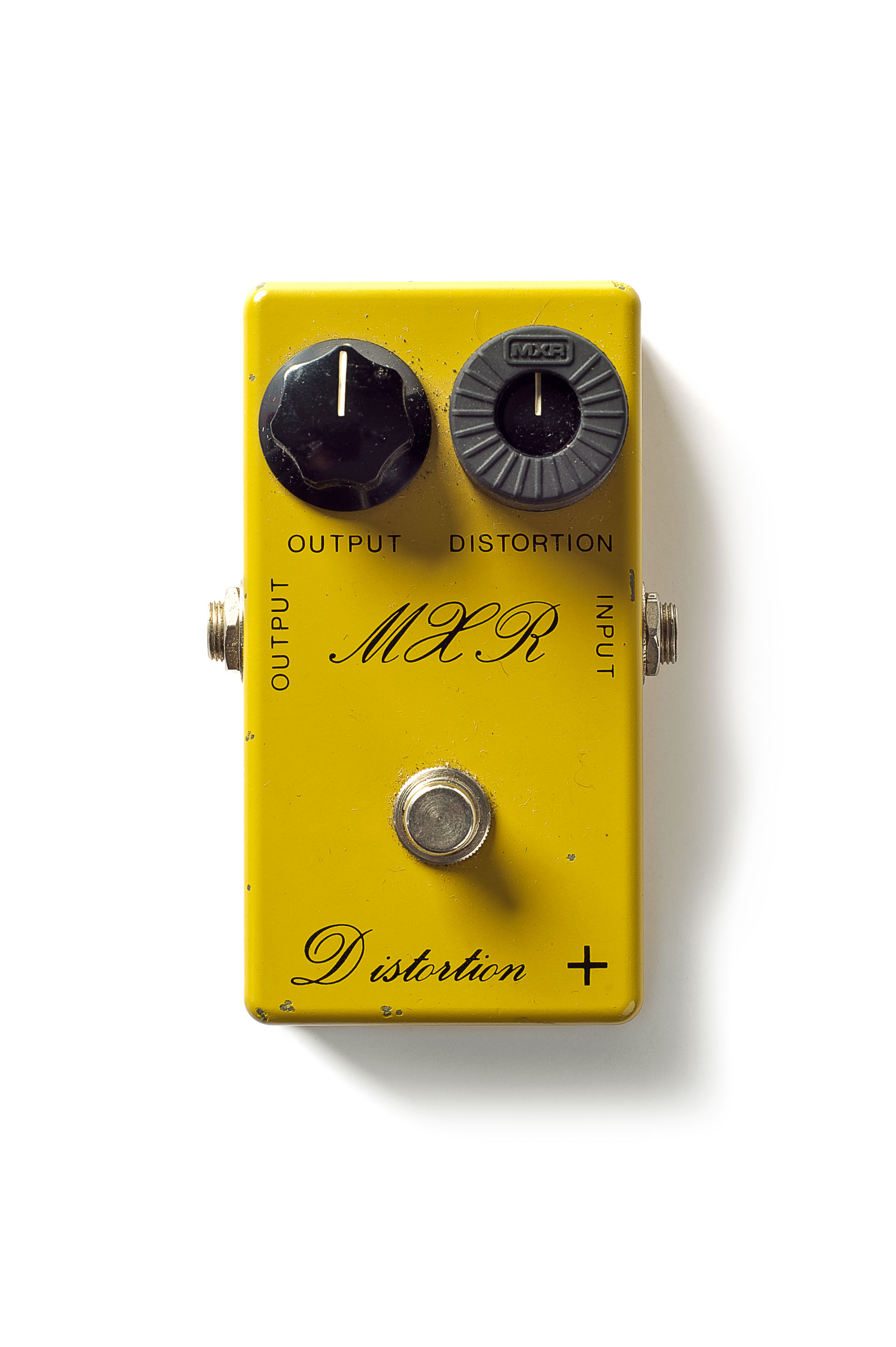
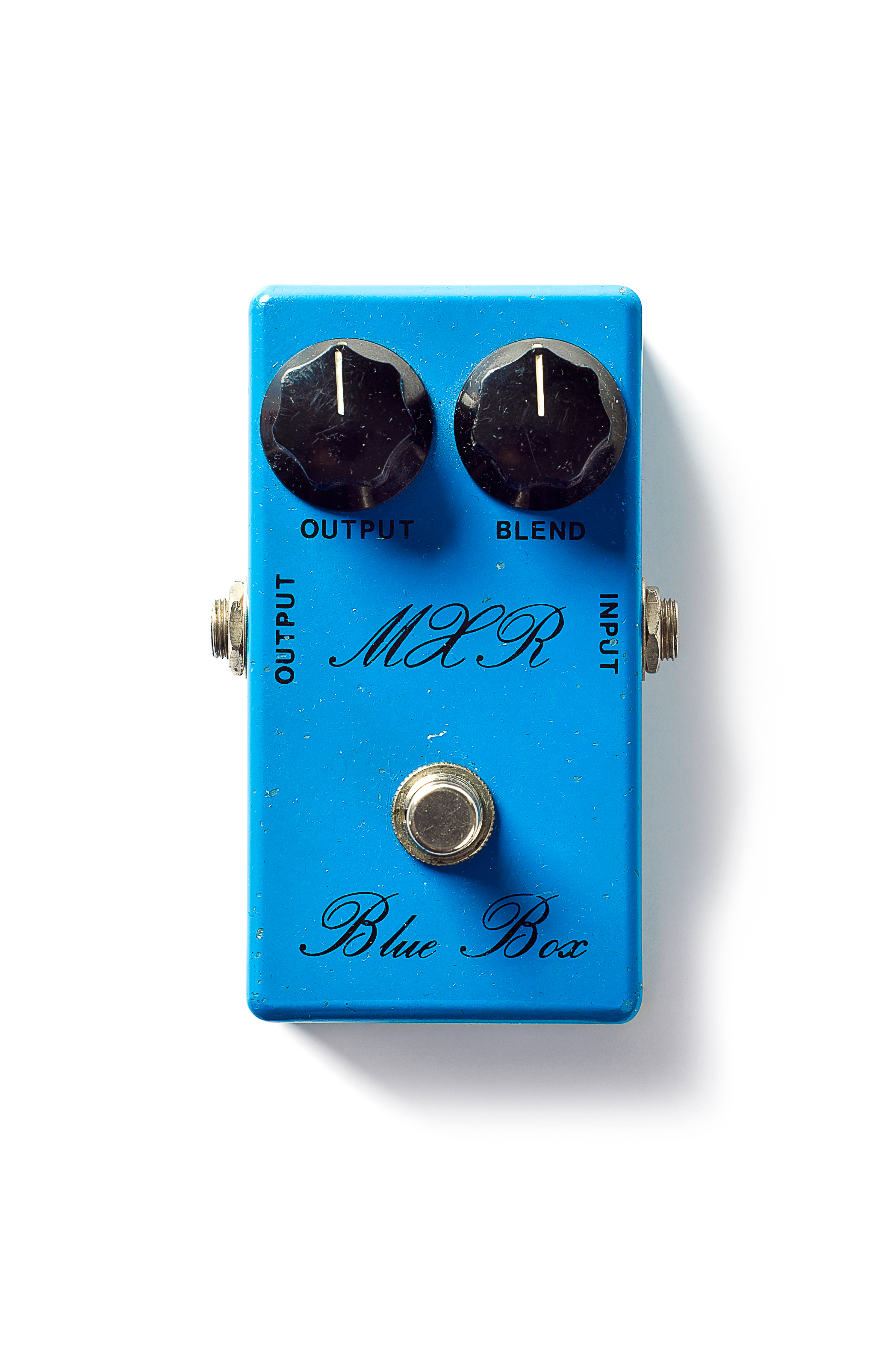
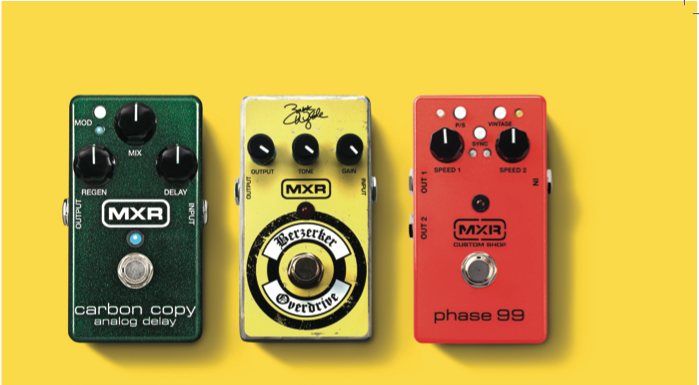
Chris is the co-author of Eruption - Conversations with Eddie Van Halen. He is a 40-year music industry veteran who started at Boardwalk Entertainment (Joan Jett, Night Ranger) and Roland US before becoming a guitar journalist in 1991. He has interviewed more than 600 artists, written more than 1,400 product reviews and contributed to Jeff Beck’s Beck 01: Hot Rods and Rock & Roll and Eric Clapton’s Six String Stories.

